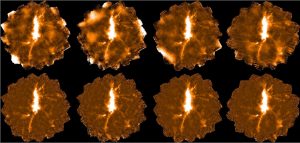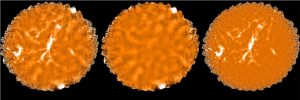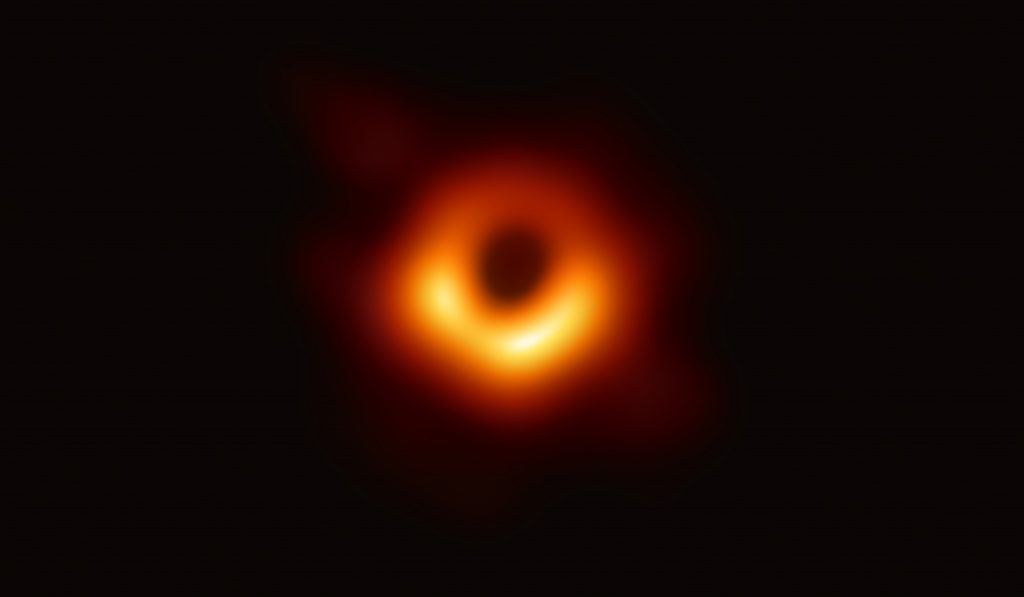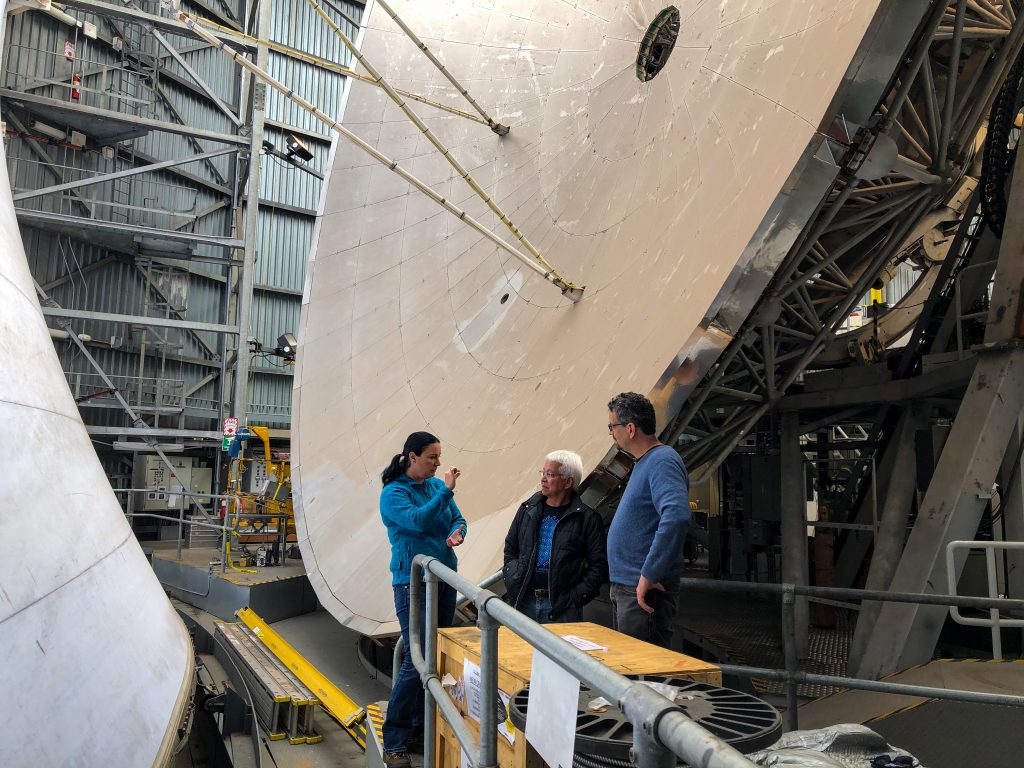An international team of astronomers, including Dr Alex Tetarenko, a researcher working at the East Asian Observatory in Hilo, Hawai’i, have discovered rapidly swinging jets coming from a black hole within our own Galaxy the Milky Way, almost 8,000 light-years from Earth. This black hole is much closer to us than Pōwehi, a black hole recently imaged with the Event Horizon Telescope, located around 56 million light-years away from Earth in another Galaxy.
Published today in the journal Nature, the research shows jets from V404 Cygni’s black hole behaving in a way never seen before on such short timescales.
The rapidly spinning black hole in V404 Cygni was observed to eject high-speed clouds of plasma, known as jets, travelling at close to the speed of light. These jets appeared to also be rapidly rotating, with multiple clouds of material ejected just minutes apart.
Lead author Associate Professor James Miller-Jones, from the Curtin University node of the International Centre for Radio Astronomy Research (ICRAR), said black holes are some of the most extreme objects in the Universe.
“This is one of the most extraordinary black hole systems I’ve ever come across,” Associate Professor Miller-Jones said. “Like many black holes, it’s feeding on a nearby star, pulling gas away from the star and forming a disk of material that encircles the black hole and spirals towards it under gravity”.
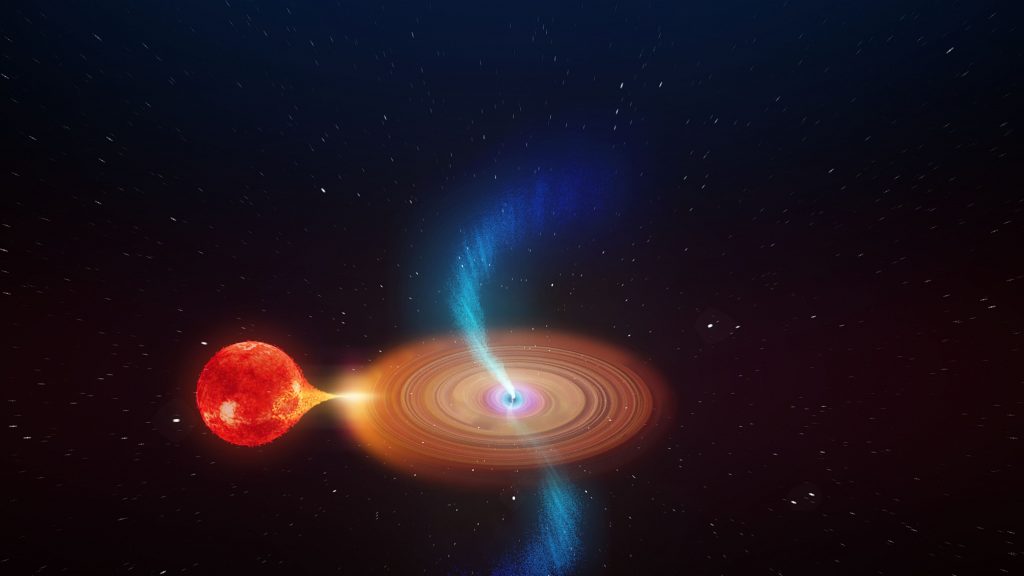
An artist’s impression of the binary system that includes the black hole V404 Cygni and a sun-like star that orbit one another. Credit: ICRAR.
“What’s different in V404 Cygni is that we think the disk of material and the black hole are misaligned. This appears to be causing the inner part of the disk to wobble like a spinning top and fire jets out in different directions as it changes orientation.”
V404 Cygni, located in the constellation of Cygnus, was first identified as a black hole in 1989 when it released a big outburst of jets and material.
Astronomers looking at archival photographic plates then found previous outbursts in observations from 1938 and 1956.
Associate Professor Miller-Jones said that when V404 Cygni experienced another very bright outburst in 2015, lasting for two weeks, telescopes around the world tuned in to study what was going on.
“Everybody jumped on the outburst with whatever telescopes they could throw at it. So we have this amazing observational coverage” he said.
When Associate Professor Miller-Jones and his team studied the black hole, they saw its jets behaving in a way never seen before.
Where jets are usually thought to shoot straight out from the poles of black holes, these jets were shooting out in different directions at different times.
And they were changing direction very quickly—over no more than a couple of hours.
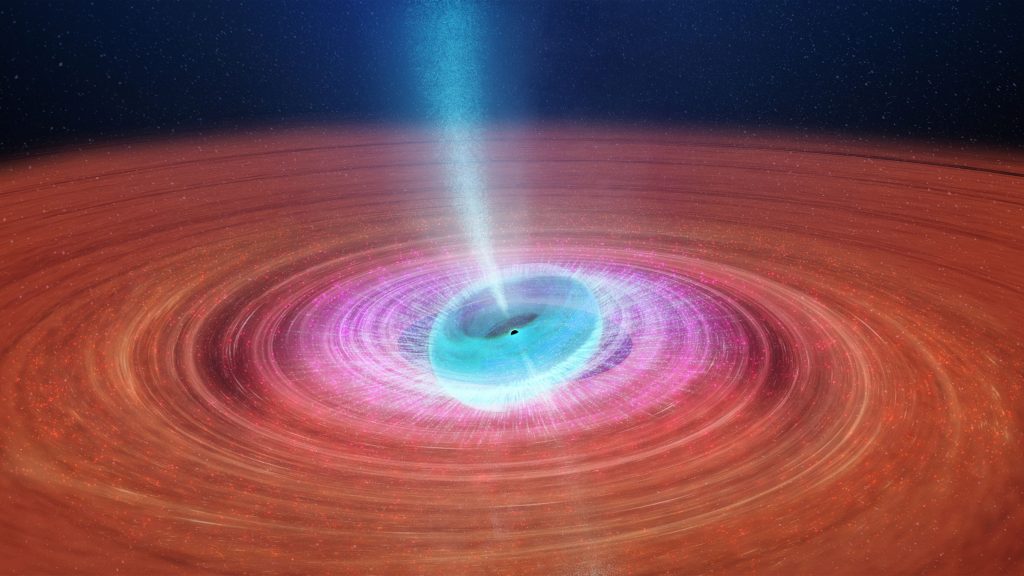
An artist’s impression of the inner parts of the accretion disk around the black hole V404 Cygni. Credit: ICRAR.
Associate Professor Miller-Jones said the change in the movement of the jets was because of the accretion disk—the rotating disk of matter around a black hole.
He said V404 Cygni’s accretion disk is 10 million kilometres wide, 7 times the diameter of the Sun, and the inner few thousand kilometres was puffed up and wobbling during the bright outburst.
“The inner part of the accretion disk was precessing and effectively pulling the jets around with it. You can think of it like the wobble of a spinning top as it slows down—only in this case, the wobble is caused by Einstein’s theory of general relativity.” Associate Professor Miller-Jones said.
The research used observations from the Very Long Baseline Array, a continent-sized radio telescope made up of 10 dishes across the United States, from the Virgin Islands in the Caribbean to Maunakea, Hawai’i.
Co-author Alex Tetarenko—an East Asian Observatory Fellow working in Hilo Hawai`i, and a recent PhD graduate from the University of Alberta —said the speed the jets were changing direction meant the scientists had to use a very different approach to most radio observations.
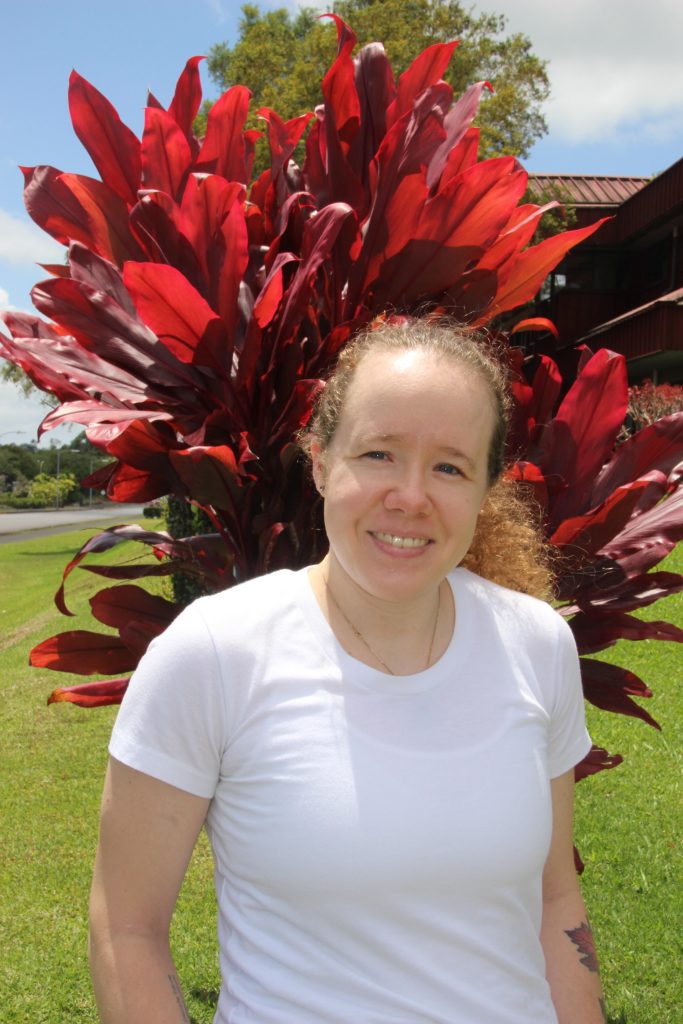
Dr Alex Tetarenko outside of the James Clerk Maxwell Telescope Office in Hilo, Hawaiʻi. Credit: Alyssa Clark
“Typically, radio telescopes produce a single image from several hours of observation. But these jets were changing so fast that in a four-hour image we just saw a blur. It was like trying to take a picture of a waterfall with a one-second long exposure” Dr. Tetarenko said.
Observations taken by Dr. Tetarenko and her team with two more telescopes on Maunakea, Hawai`i, the James Clerk Maxwell Telescope (JCMT) and the Sub-millimeter Array (SMA), also hinted at a rapidly evolving jet. Previously published in the journal Monthly Notices of the Royal Astronomical Society, these observations tracking the brightness of the jet over time, revealed extreme flaring events that coincided with the directly imaged jet ejection events.
“The incredible changes in brightness we saw in this JCMT and SMA data, and the model we designed to explain these changes, provided key information needed to develop our imaging method for this paper” she said.
To directly image these rapidly changing jets, the researchers produced 103 individual images, each about 70 seconds long. Miller-Jones and Tetarenko then led the efforts to combine those images into a continuous video—a difficult task, as each image required its own careful analysis.
“The result has been well worth the effort, illustrating this unique and unusual black hole behaviour” Dr. Tetarenko said.
“We were gobsmacked by what we saw in this system—it was completely unexpected,” said study co-author Gregory Sivakoff, a University of Alberta astrophysicist. “Finding this astronomical first has deepened our understanding of how matter behaves near black holes”.
Study co-author Dr Gemma Anderson, who is also based at ICRAR’s Curtin University node, said the wobble of the inner accretion disk could happen in other extreme events in the Universe too.
“Anytime you get a misalignment between the spin of black hole and the material falling in, you would expect to see this when a black hole starts feeding very rapidly,” Dr Anderson said.
“That could include a whole bunch of other bright, explosive events in the Universe, such as supermassive black holes feeding very quickly or tidal disruption events, when a black hole shreds a star.”
Narrated V404 Cygni Black Hole Animation from ICRAR on Vimeo.
An animation of the precessing jets and accretion flow in V404 Cygni narrated by Associate Professor James Miller-Jones of Curtin University and ICRAR. Zooming in from the high-speed plasma clouds observed with our radio telescope, we see the binary system itself. Mass from the star spirals in towards the black hole via an accretion disk, whose inner regions are puffed up by intense radiation. The spinning black hole pulls spacetime (the green gridlines) around with it, causing the inner disk to precess like a spinning top, redirecting the jets as it does so. Credit: ICRAR.
V404 Cygni Black Hole Jets Simulation from ICRAR on Vimeo.
High-speed plasma clouds ejected from V404 Cygni over a four-hour period on 22nd June, 2015. This movie is made directly from our high-resolution radio images taken with the National Science Foundationʻs Very Long Baseline Array. It shows clouds of plasma in the precessing jets moving away from the black hole in different directions. The scale of the images is approximately the size of our Solar System, and time is shown by the clock in the bottom right-hand corner. Credit: ICRAR and the University of Alberta.
Media Contacts:
- James Clerk Maxwell Telescope
- Alex Tetarenko
- 1-808-969-6519
- a.tetarenko at eaobservatory.org
- James Clerk Maxwell Telescope
- Jessica Dempsey
- 1-808-969-6512
- j.dempsey at eaobservatory.org
About East Asian Observatory/James Clerk Maxwell Telescope
The EAO (East Asian Observatory) is formed by EACOA (East Asian Core Observatories Association) for the purpose of pursuing joint projects in astronomy within the East Asian region. The EAO is chartered as a non-profit Hawai`i corporation. Its first task is to assume the operation of the James Clerk Maxwell Submillimetre Telescope (JCMT) on the summit of Maunakea, Hawai`i. Pursuant to an agreement with the University of Hawai`i, the EAO also provides engineering and IT support to the UKIRT Observatory (UKIRT). The JCMT is run by the non-profit organization the East Asian Observatory.




